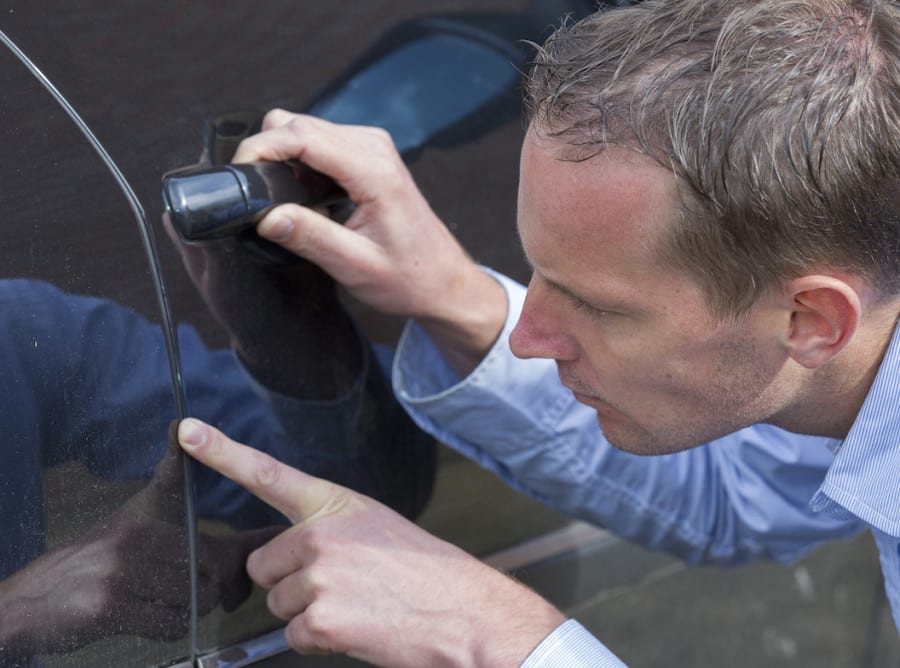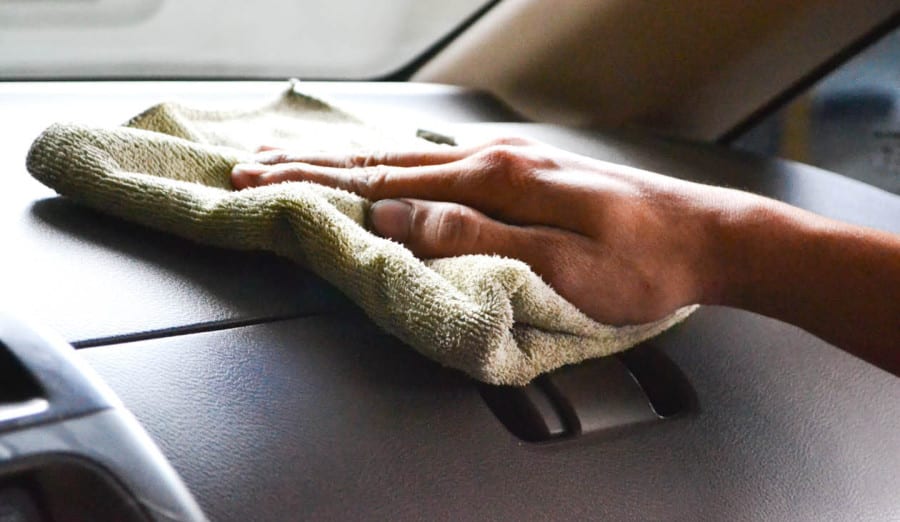Buying a car, whether it’s new or used, is a big deal. It’s not often in life that you commit to paying such a large amount of money for a single purchase, and of course you want to get the best deal possible.
And for people who opt to buy used, the stakes can feel like they’re even higher. New Hampshire used car dealers have so many cars on the lot.
How are you supposed to know if you’re getting a good price? And what if it turns out you picked a car that’s just a hot mess?
Especially if cars aren’t your thing, choosing a used one might feel like a total shot in the dark. But there are ways to ensure that you don’t make a buying mistake or get ripped off.
Let me guess; you’re probably looking for a car that:
- Will be reliable
- Won’t cost a ton of money to purchase
- Will still have a decent trade-in value in a few years
Here are some tips that will definitely help you get there. If you invest a little time and energy, you’ll be able to find a good fit, and your eyes won’t well up with tears when your bank statement arrives.
Pick the Right Car at the Right Time
One of the primary reasons people buy used is to avoid the nasty depreciation hit you take when you buy a brand new vehicle.
It is true that there’s a big drop in value as soon as you drive a factory-fresh model off the lot, but what a lot of people don’t realize is that depreciation continues to play a significant role for several more years.
According to Edmunds, for the first five years, a car “depreciates by 15%-25% each year.” That’s quite a lot of money when you consider how much vehicles cost.
That means that if you buy a used car that’s only two years old, you’re still going to get slammed with a hefty loss in value.
So here’s the deal. If you’re looking to buy a used car that isn’t extremely expensive, and you’re planning to upgrade again within two to three years, your best bet is to go with an older car that has high mileage.
If you opt for a vehicle that’s five or six years old, it will have already suffered it’s most serious period of depreciation. And the same goes for mileage. A model that has logged upwards of 80,000 miles is probably going to start leveling out in terms of value.
Now just because you’re considering buying something that’s had a substantial amount of use doesn’t mean you can’t find a car that’s still quite reliable and in good shape. You just have to look for the right one.
Pick the Right Brand & Model
Before you head out to visit any used car dealers, do your research. This point really can’t be hammered home enough.
Walking in blind when you’re shopping for any vehicle is the quickest way to end up with the wrong car and/or overspend.
Among the list of important things to research, such as functionality, performance, and reliability, you should also pay close attention to depreciation.
Some cars simply depreciate a lot faster than others, and those are the ones you want to avoid. Otherwise, the next time you go to trade up, you’ll find yourself without a whole lot to put toward a newer vehicle.
When you start your search, go online and check out the brands and models with the best values. For example, each year, Kelley Blue Book posts the winners of the site’s Best Resale Value Awards.
You’ll notice if you search back through the past several years, some of the same brands pop up again and again. There are particular makes that tend to hold their value better.
Take it one step further and look into which models top the lists for hanging onto their values. This can be based on a lot of factors, but usually it’s because they’re in demand and have proven to be solid, reliable cars.
For instance, a sedan that has plenty of space, convenience and safety technology basics, and good efficiency ratings is definitely one that someone will want to purchase used later on.
Steer clear of models that lack features that are typically standard nowadays, guzzle gas like it’s going out of style, or have a lot of negative reviews from owners.
Those are all signs of a car that will leave you begging someone to take it off your hands in a couple years instead of bringing in a sweet trade-in or resale value.
Ensure the Condition of the Vehicle is Excellent
Okay, this one is a doozy, and it’s something you have to handle when you’re already at the dealership and perhaps feeling a bit under pressure.
No matter how much you just want to sign on the dotted line and be done with the whole car-buying thing, you must take the time to check the vehicle in question thoroughly.
The best way to be sure you’ll get a return on your investment is determine how well the car you’re interested in has been cared for.
Take as much time as you need to check the condition of the body, mechanics, and interior. Are there rust spots? Any signs of leakage under the hood? Has the car been smoked in?
If you answer yes to any of those questions, then you’ve come across a serious red flag. Buying a car that already has damage means that you could end up paying for repairs and that it probably won’t be worth a whole lot down the road.
If you come across an issue with the car that could affect its performance or value, ask yourself if it’s something that can be remedied.
Negotiate with the dealership so they take care of any repairs before you make a deal. Or if they don’t want to provide service for the vehicle before purchase, use that as leverage to reduce the price.
You definitely don’t want to drive off in a car that’s already in need of TLC.
Take Care of Your Car
After you purchase, the rest is up to you. If you know you’re going to trade up in a few years, keeping your current vehicle in pristine condition is a smart move.
You’ll be able to attract more potential buyers and you’ll get more money for your ride if it has remained in good condition.
If you are a smoker, avoid lighting up in the car. Cigarette smoke is pretty much impossible to get rid of, and it will definitely knock your car down a notch in terms of how much it’s worth.
Invest in some seat covers so the upholstery doesn’t get damaged by spills, pets, etc. Every once in a while wipe down all the inside surfaces, and also give the cabin a quick vacuum so the carpets stay in good shape.
Cleaning the exterior routinely is important too so that salt from the road or bird droppings from above don’t end up causing damage to the finish.
And making sure you’re responsible about consistent maintenance is always a must. Hang onto receipts or records of any oil changes, tire purchases, service visits, and so on.
Having evidence that demonstrates you’ve taken good care of your car can also help you get a better quote when you decide to trade in.







